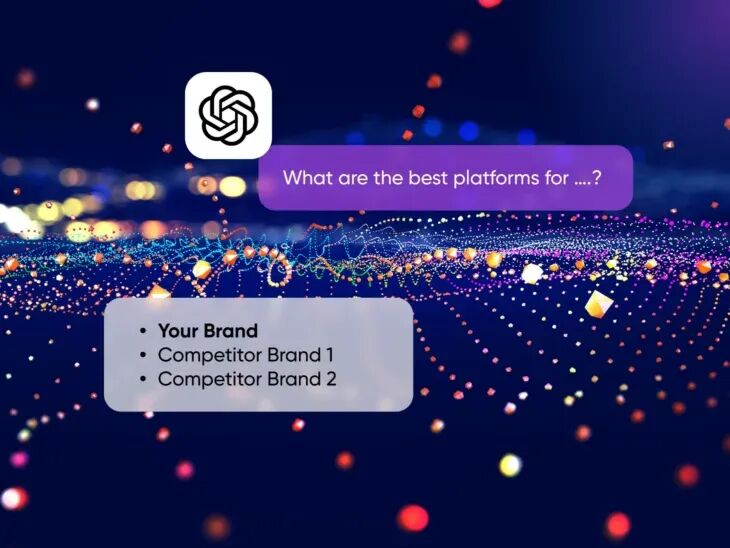Google DeepMind's recently launched Imagen 4 model, the latest iteration of its image generation technology, is quickly becoming an industry sensation. The model has made significant strides in improving the richness, accuracy of detail, and speed of image generation, working to bring users' imaginations to life in ways never before possible. Currently, users are able to Gemini Experience the power of Imagen 4 on platforms like Whisk and Vertex AI.
Core competencies: new heights of realism, clarity and textual expression
Imagen 4 demonstrates its superior performance in several core dimensions.
firstlyPhoto-realistic. The model is capable of generating lifelike images of landscapes, plants, people and animals with great detail and close to real life.


Next.Fine detailsImagen 4 is capable of rendering close-ups with rich colors, textures, and gradations, and image textures that feel as if they've been captured at your fingertips.


furthermoreAdvanced spelling and typography (Advanced spelling and typography)Capabilities. This allows content such as comics, package designs, and collectibles to be revitalized with improved spelling, longer text strings, and new layouts and styles, which is a big step forward in many AI image tools.
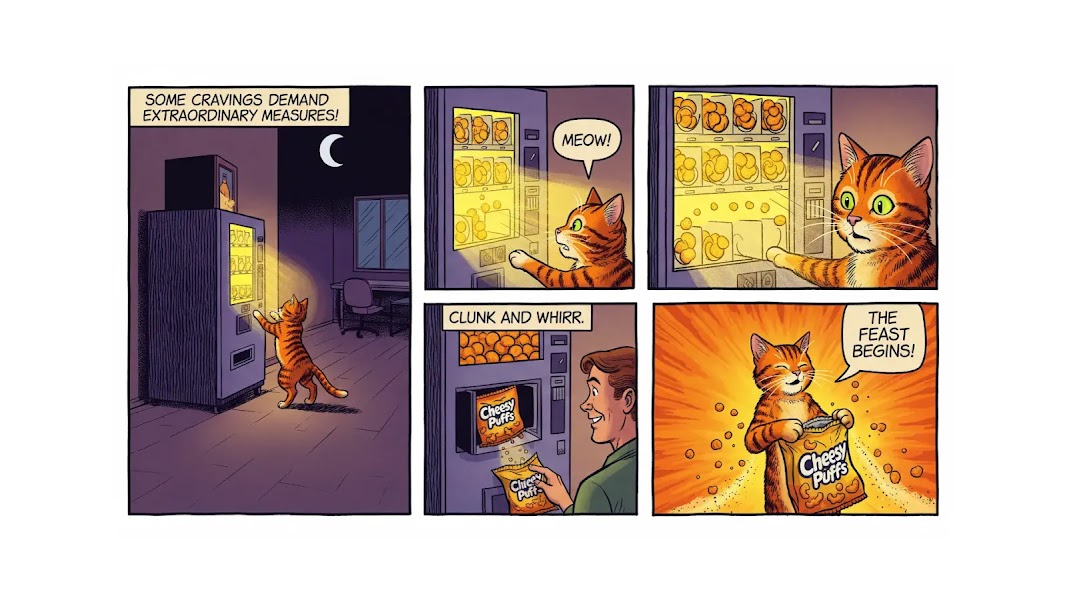
In addition, Imagen 4 renders with higher accuracyDiverse art styles, ranging from photo-realism and impressionism to abstraction and illustration.

What's New in Imagen 4: A Triple Boost in Speed, Creativity and Clarity
The latest generation of Imagen 4 brings significant functional improvements:
- Ultra-fast option (Ultra-fast option): This upcoming model is expected to be up to 10 times faster than its predecessor, enabling users to test dozens of creative ideas instantly. This will undoubtedly greatly enhance creative efficiency.
- Realize your vision (Realize your vision): Expand creative boundaries even further with enhanced colors, styles, details and text rendering.
- Exceptional clarity (Exceptional clarity): Optimized for creativity, Imagen 4 produces images up to 2K resolution for high-quality output.
Technical specifications and version overview
in order to imagen-4-0-generate-preview-05-20 (preview) and imagen-4.0-ultra-generate-exp-05-20 (Experimental Ultra) as an example to give us a glimpse of the technical power of Imagen 4. These models support image generation, preview digital watermarking and validation, user-configurable security settings, cue enhancement via the cue rewriter, and character generation (a preview version feature).
However, current versions (such as imagen-4-0-generate-preview-05-20) does not yet support the use of a small number of samples to learn custom images, product/person/pet subject customization, style customization, control customization, instruction customization or style conversion, and a variety of advanced image editing features (e.g., mask editing, smudging, product image editing, resolution enhancement) and negative cues.
Wide range of image scale and resolution support::
- 1:1: 1024 x 1024
- 3:4: 896×1280
- 4:3: 1280×896
- 9:16: 768×1408
- 16:9: 1408×768
Tip language support for many mainstream languagesThe program is available in English, as well as preview versions in Simplified Chinese, Traditional Chinese, Hindi, Japanese, Korean, Portuguese, and Spanish.
Limitations on useAspects such as imagen-4-0-generate-preview-05-20 model, the maximum number of API requests per minute for each item is 20, the maximum number of images returned per request is 4 (text-to-image generation), and the maximum number of symbols entered is 480 symbols.
Benchmarking and User Feedback
In testing, users preferred the latest version of Imagen over previous models as well as other mainstream text-to-image models. For example, Imagen 4 outperformed the overall preference Elo score in the GenAI-Bench human evaluation. User feedback on Product Hunt also confirms the improvements in typography, color and detail.
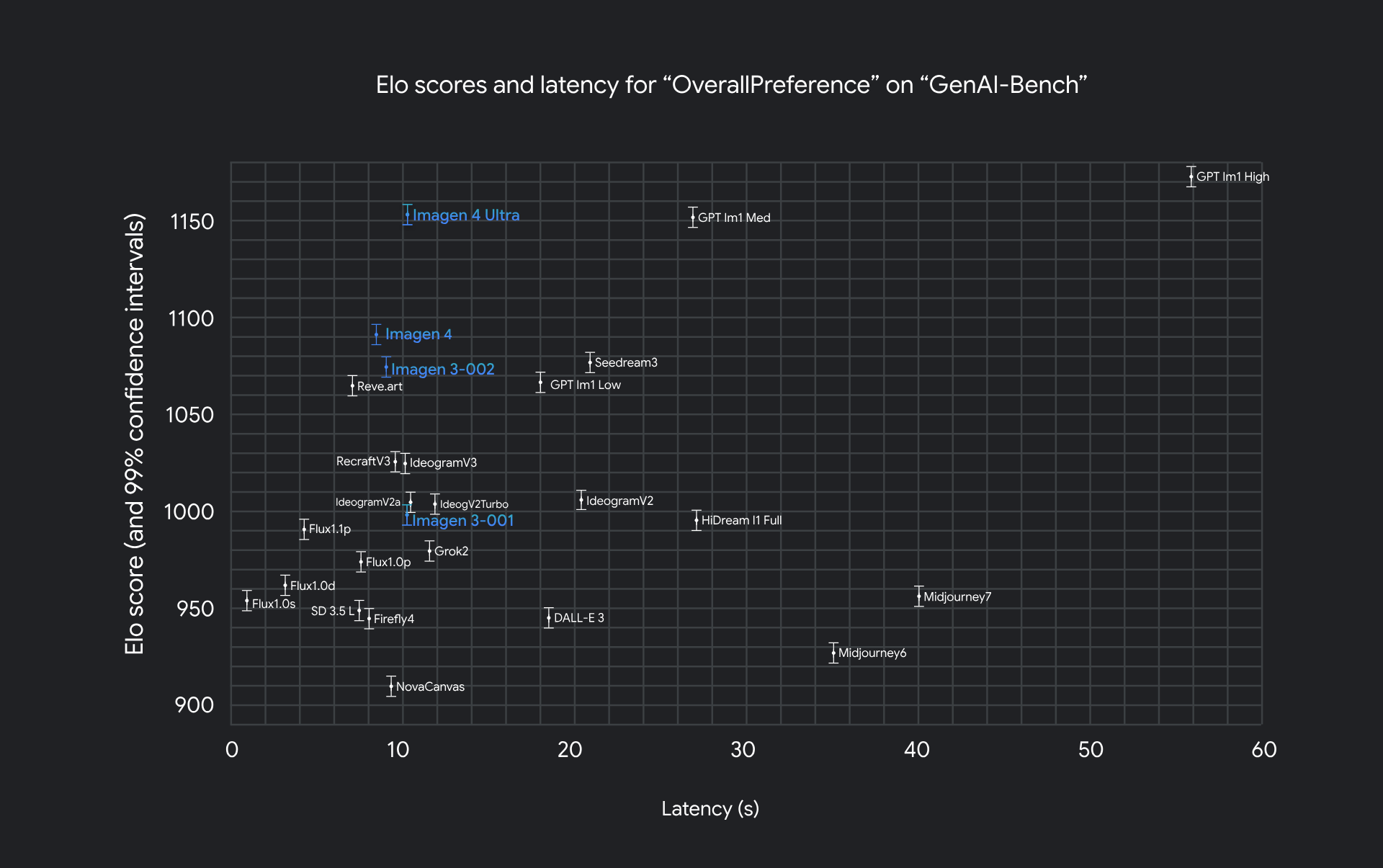
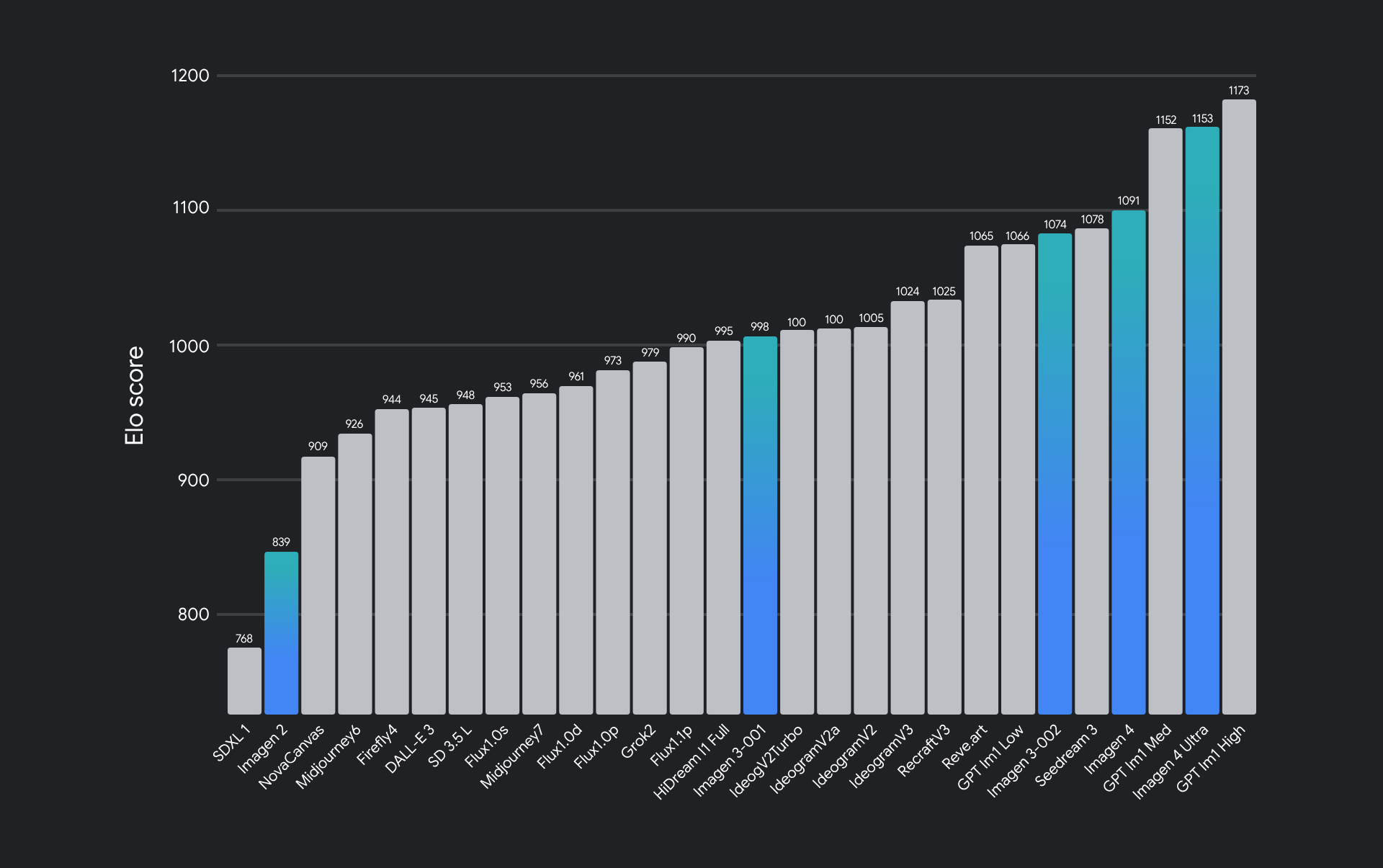
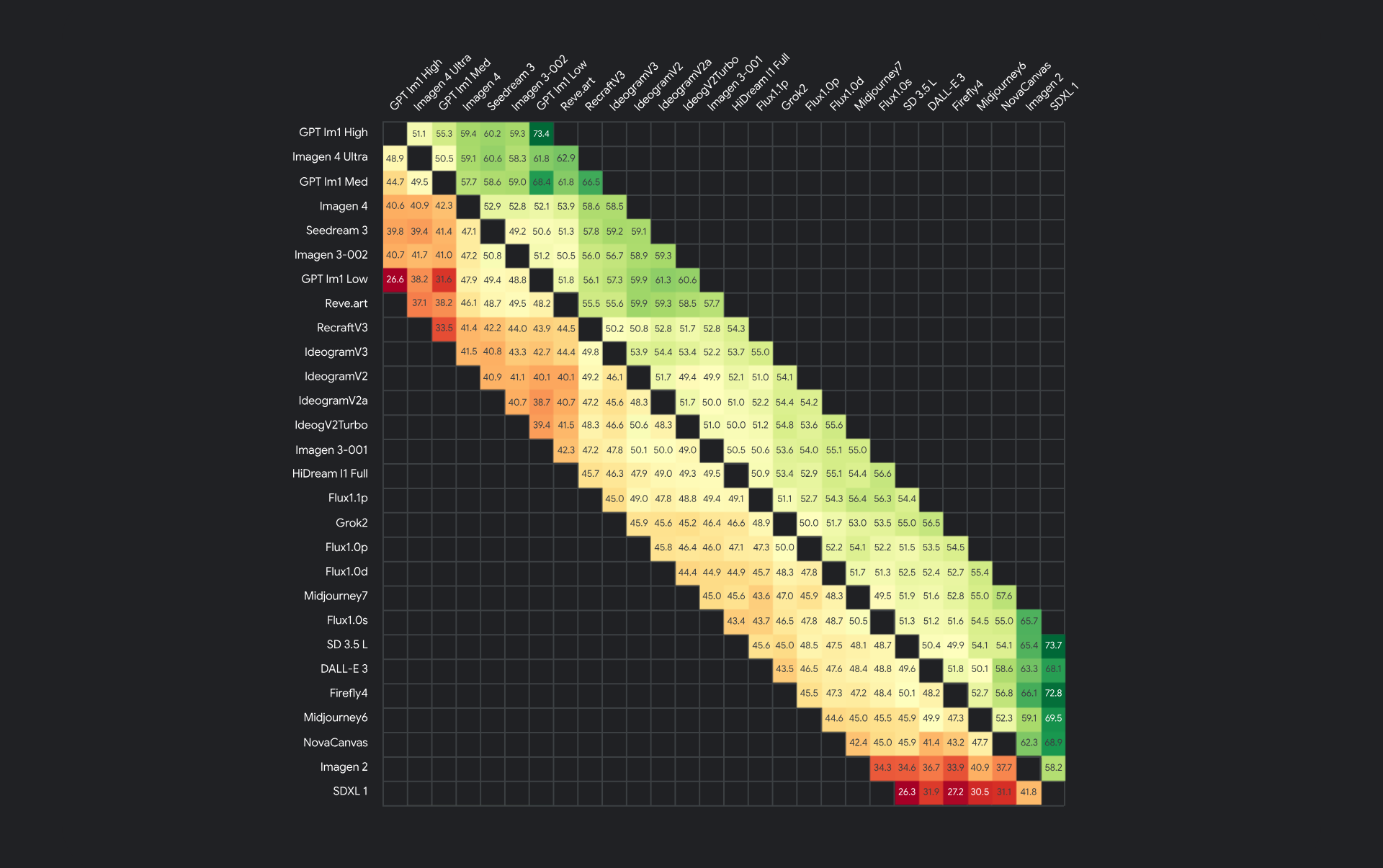
Creative limitations and continuous improvement
While Imagen 4 performed well, Google DeepMind admits that it is still working on improving key features.
- Presentation of facts: The diffusion model itself does not have the real-world knowledge base of a large language model. Users may still observe artifacts when working with complex compositions, especially in images containing small faces, text renderings, and fine structures.
- center image: Imagen sometimes has trouble producing perfectly centered images, such as aligning a circle exactly in the center of the image.
- Troubleshooting Hints: Imagen responds reliably to clear textual cues, but the output can be unpredictable in the face of meaningless cues such as emoticons or random character sequences.
Safety and Responsibility: Built-in SynthID
Google DeepMind emphasizes extensive filtering and data tagging to minimize harmful content in datasets and reduce the likelihood of harmful output. The team also conducts red team testing and evaluation for content safety (including child safety) and characterization.
Imagen 4 was released with the latest privacy and security features, including the SynthID tool, which enables invisible digital watermarks to be embedded directly into an image, making it possible to identify whether or not the image was generated by AI. This initiative is critical to improving the traceability and transparency of AI-generated content.
The Importance of Cue Engineering
To realize the full potential of AI image generation models such as Imagen 4, precise and detailed cue words are essential. Users need to clearly define the subject and its attributes (including unique details and movements), specify the environment or context, the desired artistic style (e.g., photo-realistic, vector art, or a specific art genre), and the desired mood or atmosphere. Adding parameters such as camera angles and compositional elements can bring the generated results closer to expectations. Structured and descriptive language is key to guiding the AI model in generating the targeted visual content.
Google DeepMind's Imagen family of models, which centers on the use of large-scale Transformer The language model's deep understanding of text, combined with the diffusion model's powerful capabilities in high-fidelity image generation. the launch of Imagen 4 undoubtedly breathes new life into the AIGC field, and its exploration of image quality, authoring tool integration, and responsible AI foreshadows a bright future for AI image generation.














